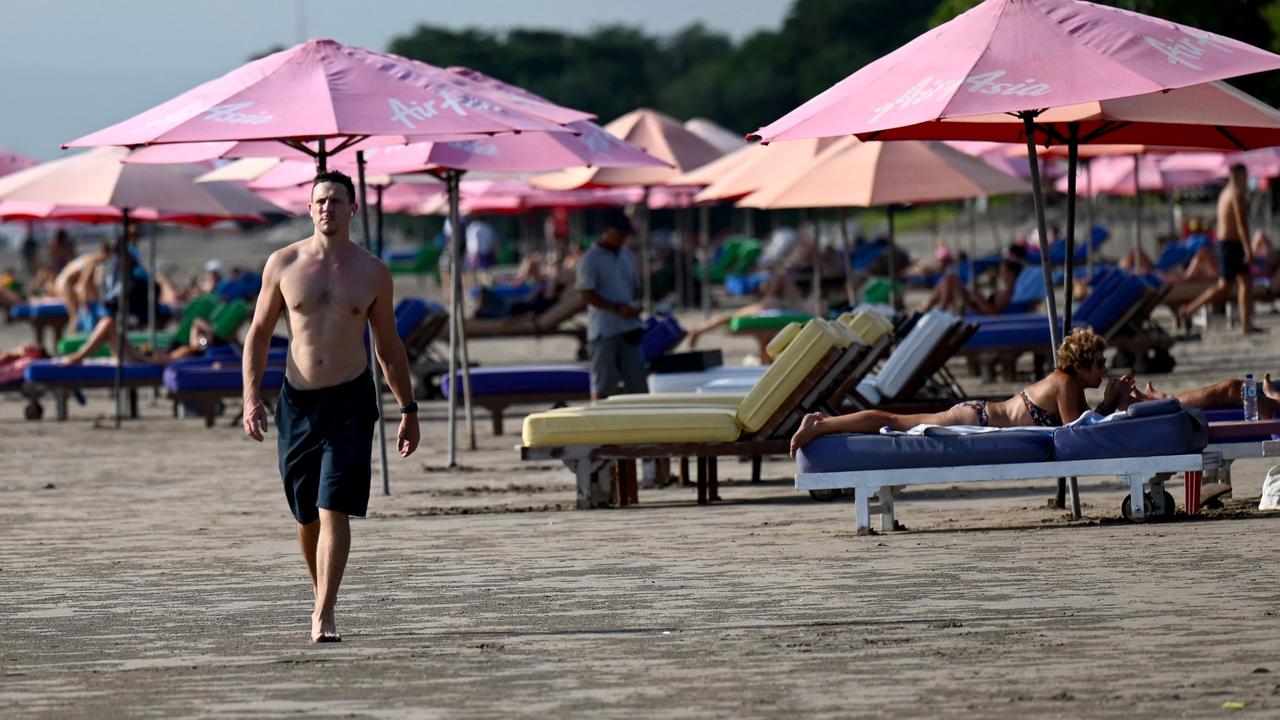Volun-tourism is dead and Hands on Journeys proves it
VOLUNTEER tourism is on its way out for being immoral and disruptive. But One company has a new way to lend a hand overseas and the impact is incredible.
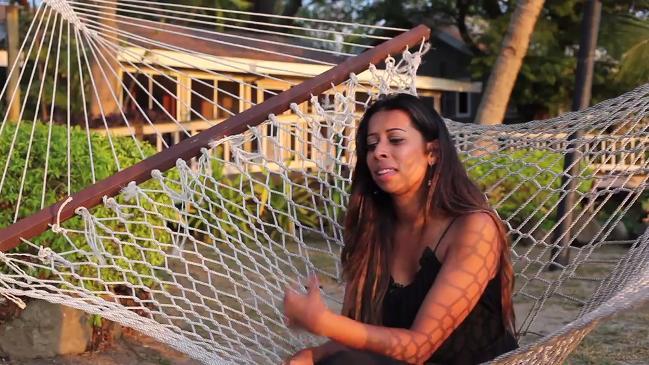
Travel
Don't miss out on the headlines from Travel. Followed categories will be added to My News.
IF you want to know what it’s like to travel through India’s Golden Triangle, there are thousands of articles online from experienced travellers or first-timers.
If you want a description of the Taj Mahal or a history lesson, there’s nothing I could tell you that a Google search won’t return.
But if you want to know what it’s like to embark on a journey of “empowerment tourism” through India, there’s nowhere else you’re going to get it but right here.
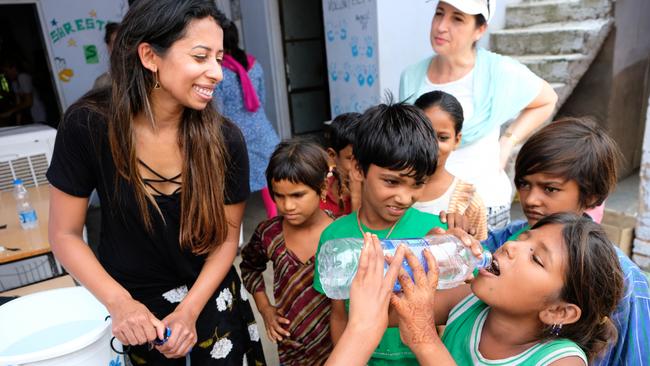
Hands on Journeys founder Simla Sooboodoo coined the term, striving to distance herself from the stigma attached to voluntourism – not-for-profits and NGOs that rampage into developing communities, chuck a bag of rice at them, take a million photos, then vanish.
What Hands on Journeys does is different.
They start by enlisting locals to help them find suitable projects, because the locals know best. They get to know people within these communities and take the time to ask them what they need. In many cases there are problems easily fixed by tangible items – a water filter, toothbrushes, a stovetop.
What they really want is a chance to improve their quality of life, and keep improving even after the group leaves. So Simla and her team create sustainable projects for these communities, based on skills they already have. They create jobs.
The India tour I took part in had a two-pronged approach: empowerment tourism and women’s empowerment. Gender inequality is a huge issue in India and some of the stories I would hear on this trip would have me in tears.
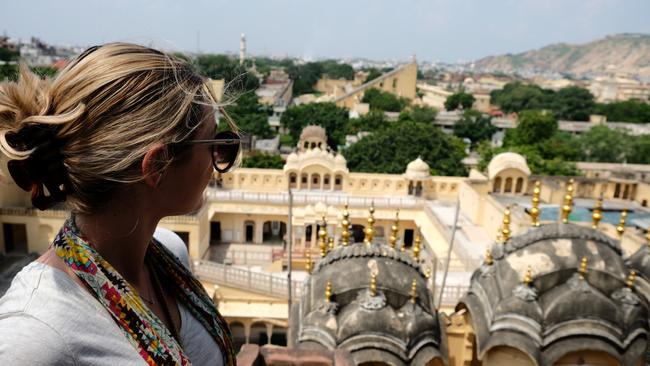
JAIPUR
The first was in Jaipur at Shrestha, a school just a short bus ride outside the city’s centre.
It doesn’t have the necessary accreditation to present children who “graduate” with a certificate stating they completed school, rather, it’s a holding centre where children from the slums learn, laugh and develop with the help of volunteers until sponsors can be found for them.
It offers structure and routine, and helps to prevent child labour – another prevalent issue in India.
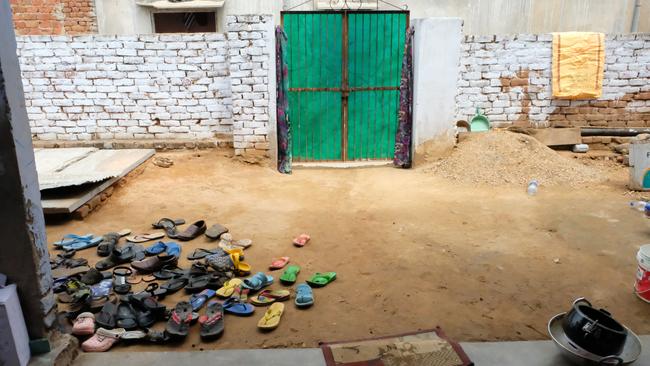
The founders of the school approached some of the children’s mothers and asked them if they’d like to start a business – a cooking school.
We were the guinea pigs for their first class. We cooked roti, alla ghobi and dahl from scratch – real scratch. Not like when you go to a cooking class and all the ingredients are prepped and you each have your own stove and utensils.
This was real – a bucket of dirty potatoes that needed to be washed, peeled and cut; a sack of flour that would magically turn into piles of delicious, hot, fresh roti.
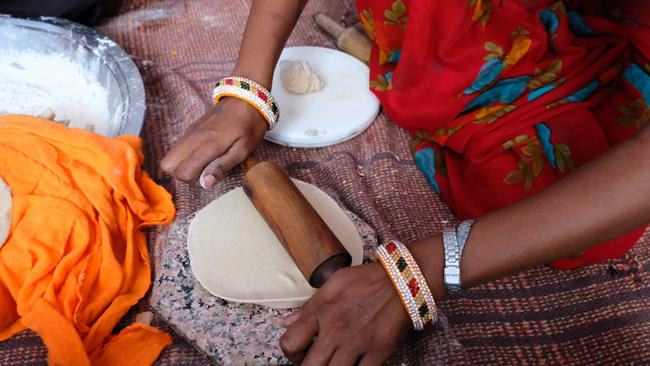
We sat on the floor, watching as each dish slowly manifested and the aromas became dizzyingly delicious. The women, dressed in colourful saris, laughed as we attempted to emulate their perfectly circular breads, politely redoing the particularly warped ones we placed on the pile.
All the while, the children are buzzing around, joy etched on their faces.
We took time out from cooking to learn choreographed dance routines in one of the classrooms, jumping around and working up a sweat. The children showed off their English skills, which were just as impressive as the backflips and handstands.
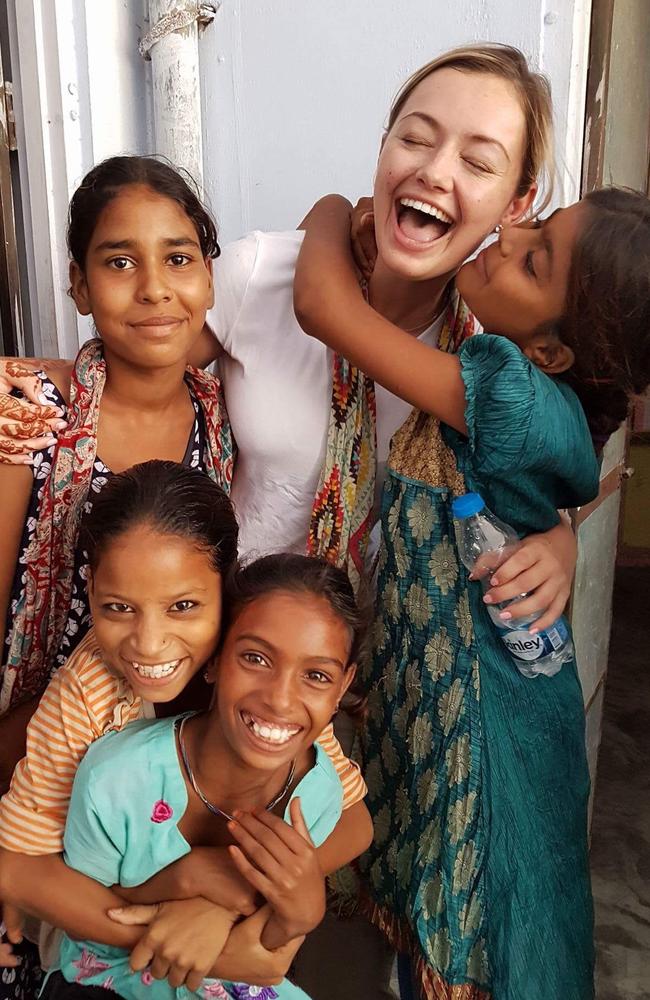
I’d marvel at their nose piercings and they’d run and jump into my arms for hugs. There was love and positivity in the air, along with the unmistakeable aroma of Indian spices.
Once the food was ready, we all sat together and ate – we’d earned it. OK, they had earned it. From our tour fee, Simla provided the stovetop, utensils, bowls, plates and ingredients to make the class possible. Next time, all the women will need to cover is the ingredients and the profits are theirs.
We went back the next day and, with the permission of the families, visited the slums the children and women live in. The conditions were confronting, yet they were so proud to show us their homes and offer us their hospitality.
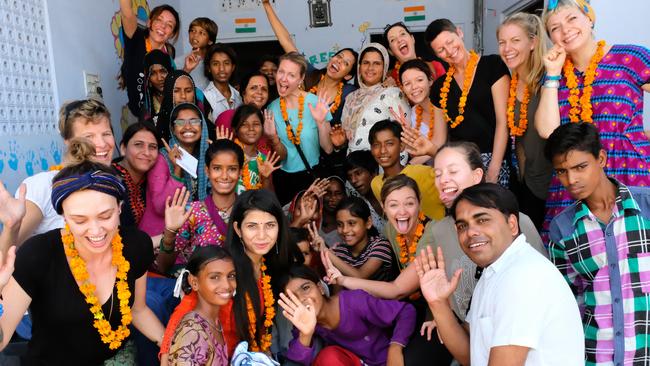
In Jaipur, we also took in the mandatory tourist sights – Janta Mantar Observatory, City Palace, Wind Palace, Ambert Fort – beautiful, intricate structures with rich and sometimes salacious histories.
Along with trips to the local markets, sharing banter with stallholders (all of whom love Ricky Ponting), authentic, tongue-numbingly spicy cuisine and a few too many Kingfisher beers, Jaipur provided the ultimate Indian experience.
AGRA
Our next stop was Agra, the home of the Taj Mahal.
This was the shortest leg of the journey, with no project work in the mix, but you can’t go to India and not see the Taj Mahal.
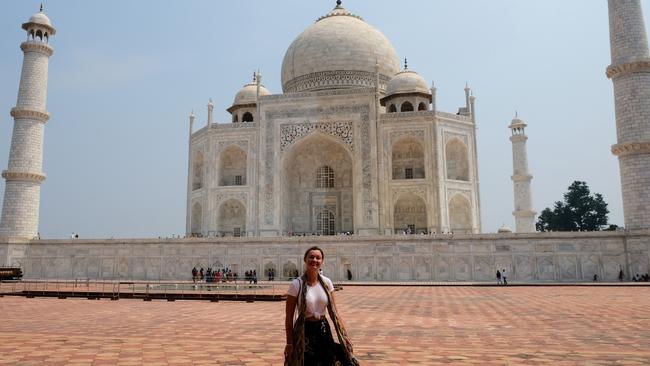
It was truly spectacular, an architectural masterpiece with a tragically beautiful history.
It’s perfectly symmetrical from every viewpoint and, unlike most of us on Instagram, looks exactly as it does in pictures in real life – if not better.
We were led to a “secret” garden across the Yamuna River to watch from a different viewpoint as the sun set.
DELHI
After a couple of days in Agra, we piled on to a bus bound for Delhi.
Here I encountered one of the most inspirational women I’ve ever met.
Her name is Sonu Kaur. She’s Nepalese and as a teenager worked in her uncle’s school.
Watching the children from the slums peek through the fence, wishing they could be in the playground, used to tear at her heart. She dreamt of opening her own school.
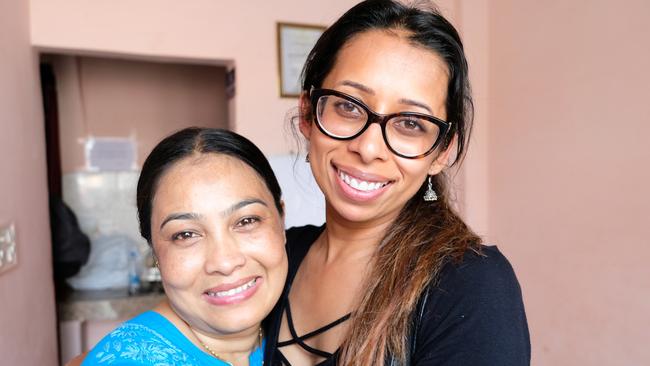
When she became of age, her marriage was arranged and she met her husband, Ravinder Singh. Unlike most Indian men, he gave her the chance to get to know him before they were wed. After four months Sonu was smitten and they tied the knot
Not far into the marriage, her husband posed the question; “What is your dream?”
Thrive Seed was born.
It seems divine intervention that these two were paired and the proof is in the 1000 children Sonu has since been able to offer opportunity.
Thrive Seed started as a single room in the back of her mother-in-law’s home, and has developed into four schools throughout Delhi. Sonu went door to door, convincing parents to send their kids to school, but in a lot of families the children are the breadwinners.
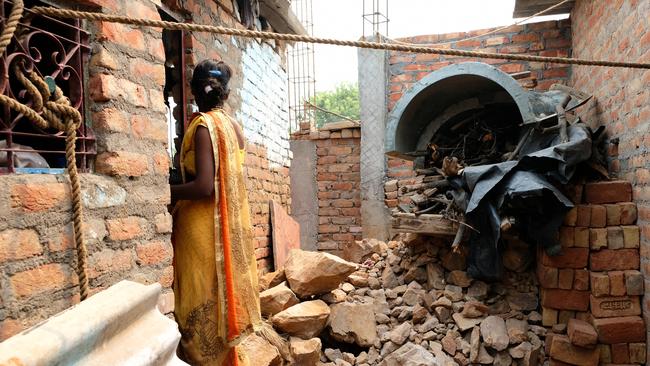
To earn their trust, Sonu moved herself into the slums, where she lived for around five years, all the while slowly building on her dream.
Sonu, along with a woman from the town who volunteered her time for two years, taught the women how to sew and make jewellery. They’d collect scrap material from the markets and make quilts and table runners, selling them wherever they could. Sonu says, with a cheeky grin, that sometimes they don’t work ... they just drink chai and gossip.
These friendships ignite their spirits, building self-esteem.
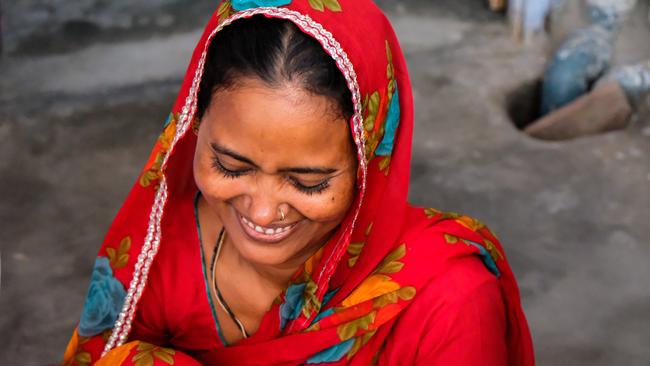
Sonu tells us painful stories of women in her clan who have birthed children of incestuous rape. After being accused of lying, they were abandoned. Some of them had six children, no husband, no home and no job, sleeping on the streets and barely surviving.
Others were forced to turn to prostitution. Many of them have been, and continue to be, beaten for no reason other than habit.
After we sat and sewed, chatted and took photos of their wares for the website being built by Hands on Journeys, we engaged in a two way “Ask me anything” session, instigated by Sonu. The idea was to show them that women can do anything – we can travel, we can divorce, we can work high pressure jobs and control our own finances. But also, we showed them that we aren’t perfect, we have big flaws and have much to learn from humble, determined women like them.
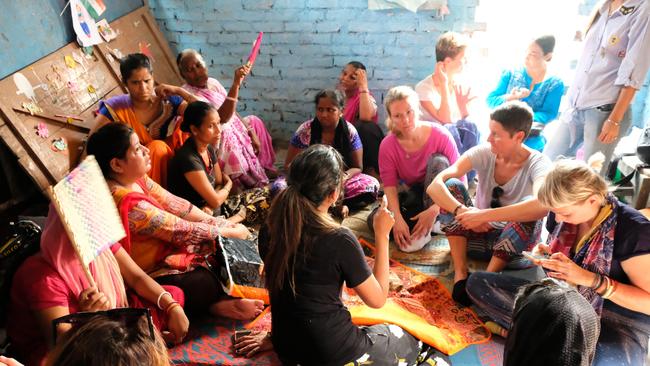
Through it all, I had one question I wanted to ask. Was our being there just showing them what they did not have?
They told us that us our presence shows them the rest of the world does care and that they are not alone.
They said it gives them motivation to keep going and to raise their children differently – to break the cycle of gender inequality.
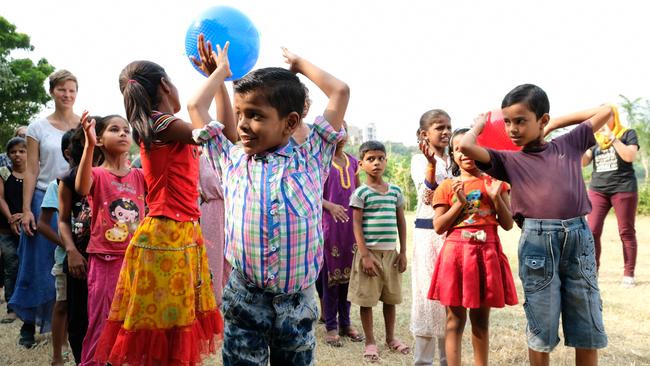
Afterwards, we went down to the park to play games with the kids. We wandered past piles of rubbish metres long and swarming with flies, past the stray pigs and cows nose diving for scraps in the mud and past the men who would scowl at first, but soon soften to a smile.
We played in the park until we were soaked in sweat, taking part in games they taught us and most of the time, losing badly.
There were plenty of tears when it was time to go.
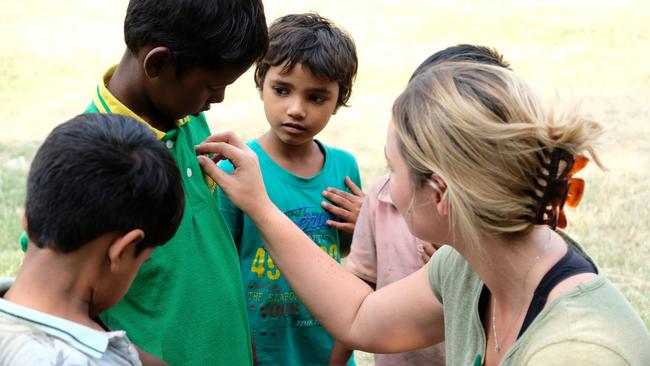
With only a couple of days left in India, seeing more sights and eating more curry, it was clear everyone on our tour had undergone a transformation.
Even though we had done what we could, I was still left with a sense of hopelessness that there was still so much progress to be made.
And then Sonu found the right words: “We can’t help everyone, but everyone can help someone.”
Hands on Journeys India tours run in February and October. 10-day tours are priced from $1588 excluding flights. For more information go to handsonjourneys.com

